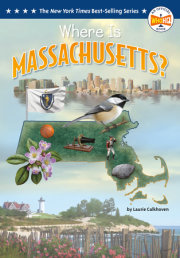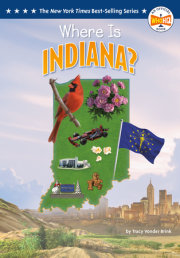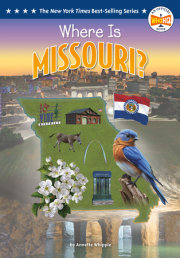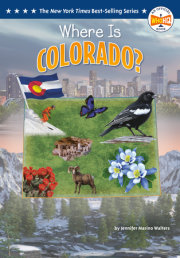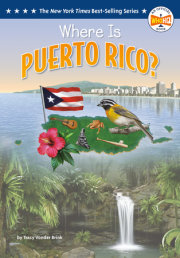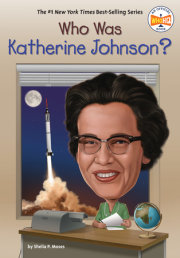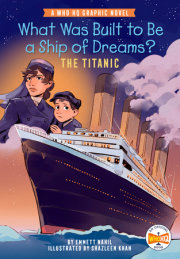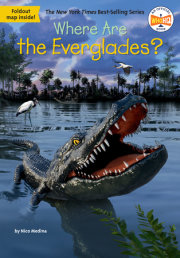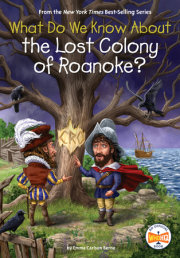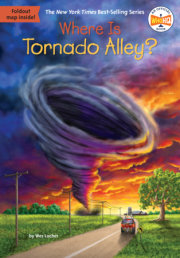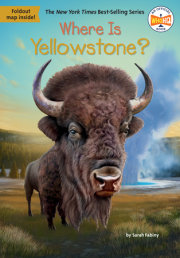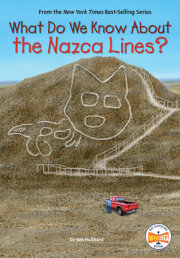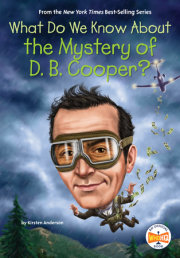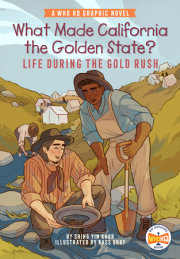Where Is Illinois?In 1854, Abraham Lincoln stood in front of a crowd gathered on the Peoria, Illinois, courthouse lawn. Lincoln had once been a member of the Illinois House of Representatives, but he hadn’t held office in five years. He’d come to Peoria to speak out against a bill that would allow slavery in Nebraska, a new territory.
Lincoln told the crowd that slavery was a “monstrous injustice” and said it was wrong for one person to enslave another. He reminded people that the Declaration of Independence said all men are created equal and have rights. By the end of his three-hour speech, Lincoln had made a powerful argument against slavery.
One hundred and fifty years later, Barack Obama stood in front of a crowd at the Democratic National Convention. He’d been asked to give the keynote address, the main speech at the gathering. He was an Illinois state senator, but few people outside the state had heard of him.
Obama told the crowd about his family. He talked about his parents’ dreams for him. He told the people listening to him that America was a great nation because the Declaration of Independence said all men are created equal and have rights. By the end of his seventeen-minute speech, Obama proved he was a powerful speaker.
Lincoln’s Peoria speech and Obama’s keynote address were turning points in their careers. Their strong public speaking set them on the path to the White House and would eventually convince the people of the United States to elect them president—and make them two of Illinois’s most famous residents.
Chapter 1Welcome to IllinoisIllinois has a rich history that stretches back thousands of years. Its farmers grow crops and raise animals that feed millions. It’s home to the city of Chicago. Presidents, inventors, musicians, and many notable people have all called this state home.
Illinois’s total land area is 57,918 square miles, making it the twenty-fourth-largest US state. More than eight hundred miles of rivers form the state’s boundaries. It also has sixty-three miles of shoreline along Lake Michigan, one of the Great Lakes. The Ohio River divides Illinois from Kentucky, and the Wabash River separates the state from Indiana. Illinois also neighbors Wisconsin.
The Mississippi River, the state’s longest, separates it from Iowa and Missouri. Kaskaskia (say: ka-ska-SKEE-uh) Island is the only Illinois town separated from the state by water—it’s surrounded by the Mississippi River! Flooding more than one hundred years ago changed where the river ran and cut Kaskaskia off from the rest of Illinois.
Floods still cause big problems in the state. Central Illinois has about fifty days of storms each year. When the rain is heavy, rivers overflow, harming homes and crops. Flooding sometimes causes billions of dollars of damage in a single year, and flood losses in Illinois are the third highest of any state in the country.
Thunderstorms bring about half of Illinois’s rain, most often in the spring and summer. Summers are hot, with the temperatures reaching into the nineties. In winter, it’s often as cold as twenty degrees Fahrenheit—or even colder. The northern parts of the state are cooler. Northern Illinois has up to thirty-six inches of snow every year, but it snows less than ten inches in the south.
Illinois’s climate hasn’t always been the same as it is today. About three hundred million years ago, steamy swamps covered much of southern Illinois. They were filled with plants like trees and giant ferns. As these plants died, they sank to the bottom of the swamps. Over millions of years, bits of rocks and minerals called sediment piled up, pressed down, and turned the layers underneath them into coal. Thanks to its ancient swamps, Illinois has some of the largest amounts of coal in the United States. There may be as many as two hundred billion tons of coal underground.
Glaciers (large bodies of ice that stay frozen for hundreds or even thousands of years) played a big role in creating the state’s landforms. They covered almost all of Illinois at least once during the Pleistocene Epoch (say: ply-sto-seen ep-ock), 2.6 million to ten thousand years ago. The ice was about two thousand feet thick in some places! As the glaciers’ heavy weight caused them to slide forward, they flattened the land. Thanks to the glaciers, about 85 percent of the state is flat. Only some areas in northwestern and southern Illinois escaped the ice.
As the glaciers moved, they picked up soil and rocks and ground them into sediment. When the ice melted, it left the sediment behind, and wind spread it around. Sediment carried and dropped by wind is called loess (say: LUSS). Loess holds water and is full of nutrients—making Illinois perfect for farming.
Glaciers also helped create the Mississippi River, which became an important resource. Some of the first Indigenous people in Illinois lived in the area around the Mississippi River between 900 and 1200 CE. Because their way of life developed around the river, we call them the Mississippians. We don’t know what they called themselves, and they were probably made up of many nations.
One of the major Mississippian settlements can still be seen today at Cahokia (say: kuh-HOH-kee-uh) Mounds in southwestern Illinois. The city had over one hundred mounds, and more than ten thousand people may have lived there. Buildings might have topped some of the mounds. Other mounds were used for burials. Monks Mound is one hundred feet tall and is the largest human-made mound in the United States. More than two thousand other Mississippian sites have been found throughout Illinois.
After four hundred years, the Mississippian civilization fell apart. We don’t know why they abandoned their cities and villages. They were gone by the 1500s. That’s when the Inoka, an alliance of Indigenous people that included the Kaskaskia and the Peoria peoples, left southern Michigan and moved to what is today Illinois.
The Ojibwa (say: oh-JIB-way), a people from north of the Great Lakes region, used the word
Illini for the Inoka people. French explorers who came to the area in the 1600s had their own version of the word
Illini—Illinois! At that time, France controlled an area that stretched from Canada to what is now Louisiana. That included all the land around the Mississippi River.
The governor of this area—called New France—asked two men to explore the river. Jacques Marquette was a Jesuit missionary (a person sent by the Catholic Church to teach about their religion). He learned some of the Indigenous languages. Louis Jolliet was a French Canadian fur trader and explorer. The two of them began their journey in May 1673. They traveled in two canoes with five other men.
As they paddled down the Mississippi, they saw swans, geese, and huge fish. They watched deer and turkeys in the forests along the riverbanks. They also visited villages built by the Peoria and Kaskaskia peoples. One of the Kaskaskia settlements they saw may have had as many as fifteen hundred people living there.
Marquette and Jolliet’s trip covered two thousand miles. The reports they made about the land and people they saw convinced the French government to set up trading posts along the river. In 1699, Cahokia became the first permanent French settlement near the Mississippi River. In the 1700s, the French built more villages in Illinois, including Kaskaskia, which was named after the Indigenous people.
In 1754, France went to war with Great Britain. The French lost and had to give up the region they called the Illinois Country. The British didn’t hold it for long, though. Soon, the American colonies were ready to fight for their independence.
Copyright © 2025 by Penguin Random House LLC. All rights reserved. No part of this excerpt may be reproduced or reprinted without permission in writing from the publisher.






